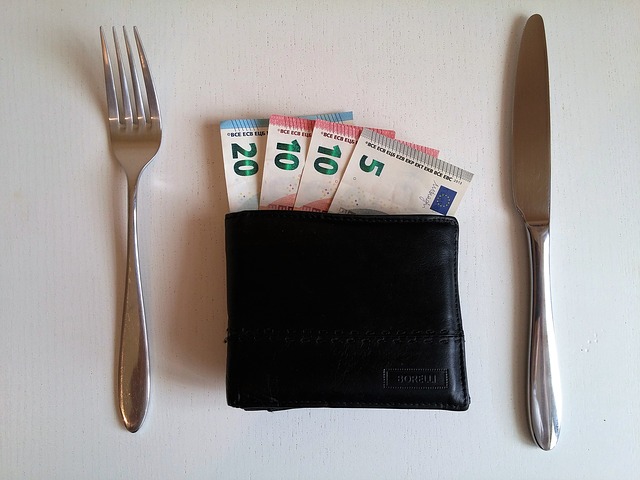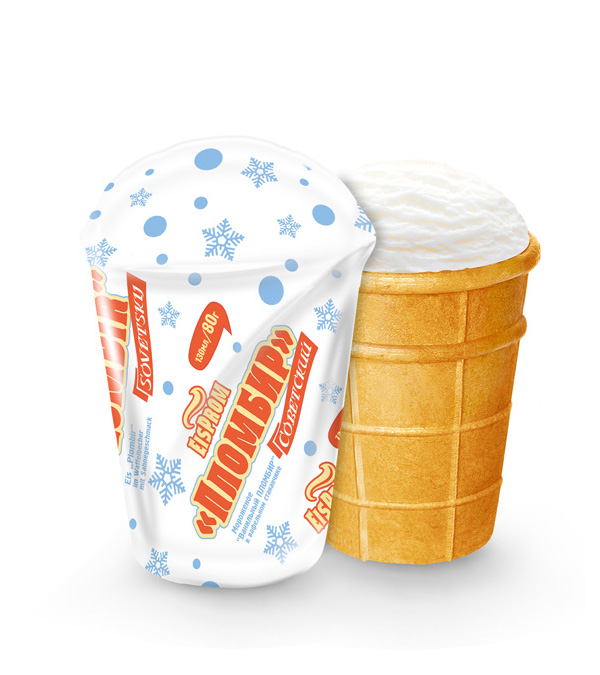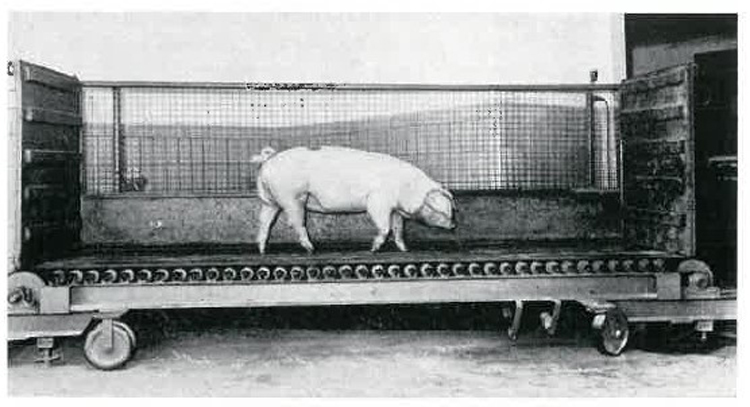Wellness Watchers: WW, Body Surveillance, and the Pivot to Wellness

After 55 years as Weight Watchers, in April of 2018 the company unveiled a new name—“WW”—and new approach to commercialized dieting. CEO Mindy Grossman proclaimed that “healthy is the new skinny, and that’s very empowering for people.” Shifting from a focus on losing weight, she told Forbes Magazine that the company’s goal was “to help people be the healthiest version of themselves” and to “inspire health habits for […] communities.” WW’s swerve to “wellness” was critiqued by members of the Health At Every Size movement, including nutritionists who worry that this new veneer of wellness hides the same damaging attitudes about food and body size. Vincci Tsui, a HAES-focused registered dietician tweeted that “the diet industry is listening, but instead…



